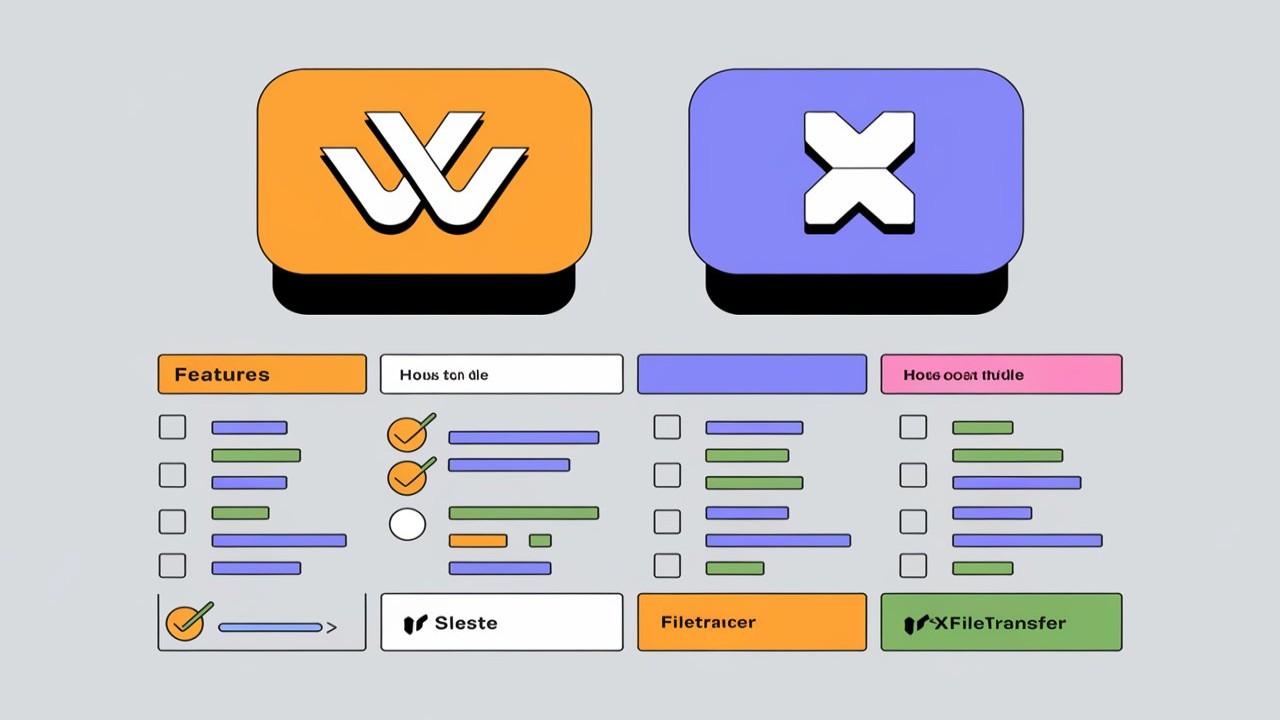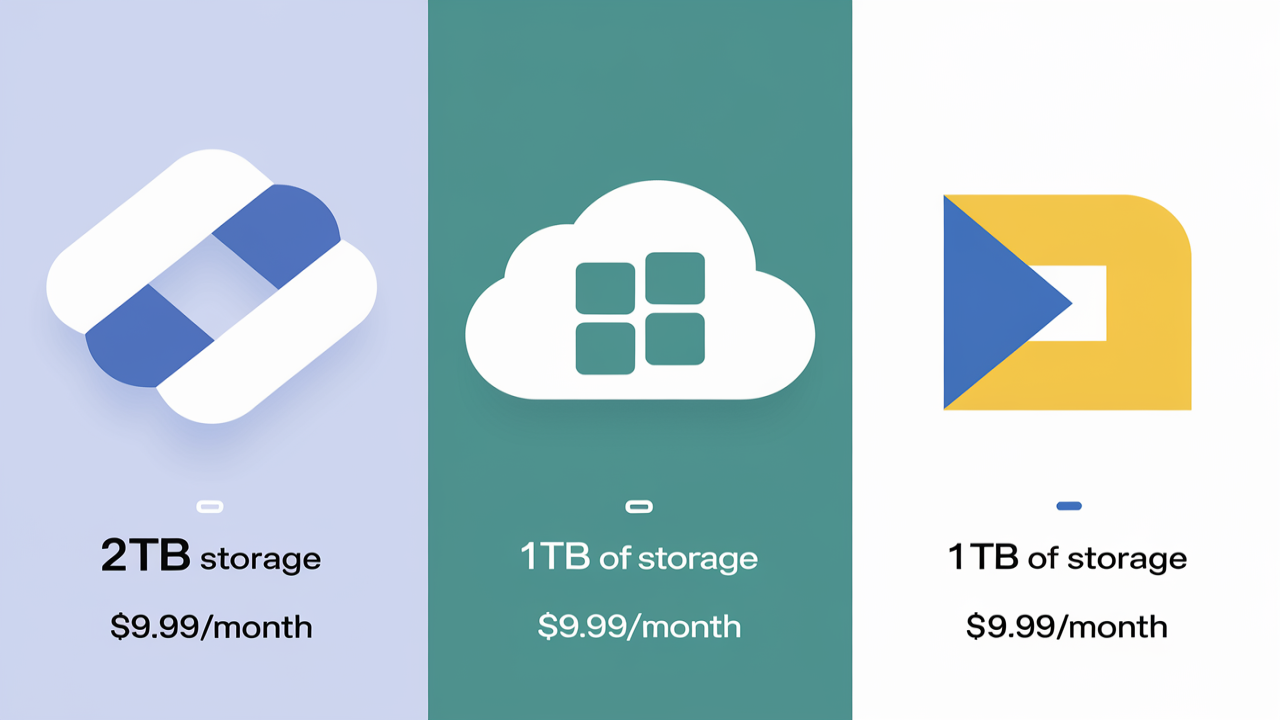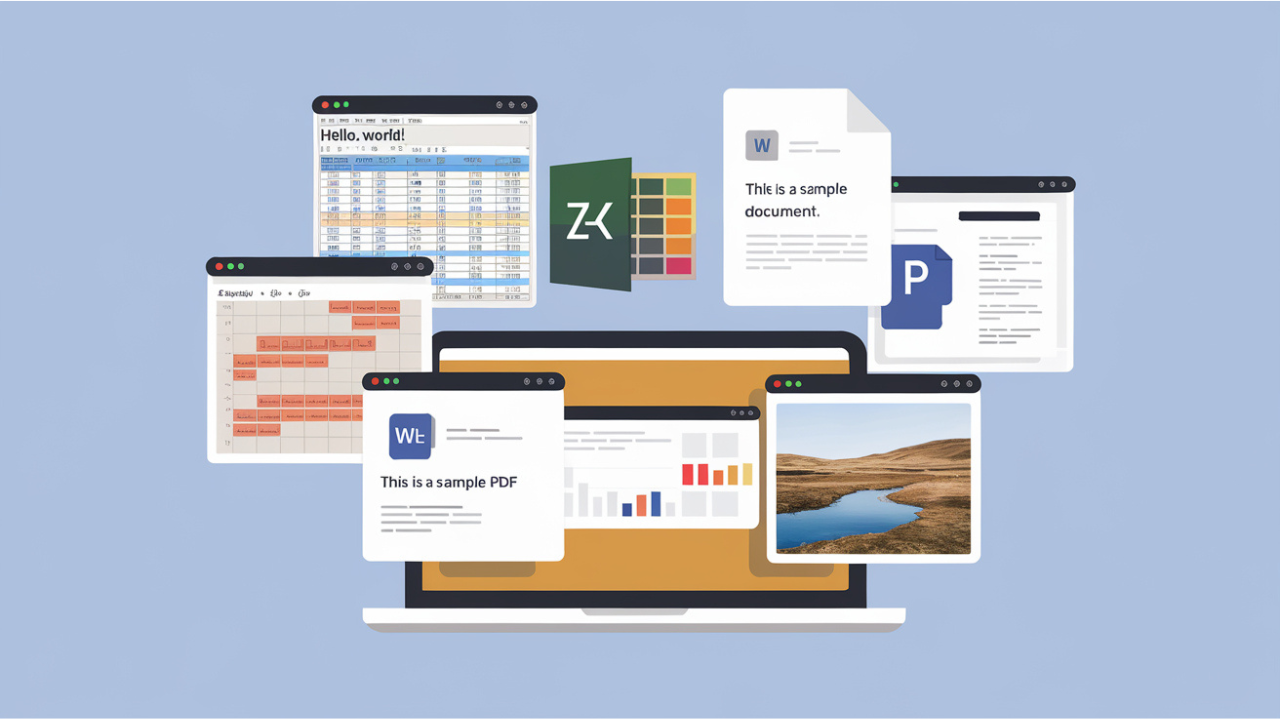File Sharing Risks: What You Need to Know for XFileTransfer Users
File sharing is an essential tool in today's digital landscape, and at XFileTransfer, we understand how crucial it is to exchange files quickly and securely. However, like all file-sharing methods, there are inherent risks involved. Whether you're an individual user or a business, understanding the security challenges associated with file sharing is key to protecting your data. In this article, we’ll discuss the common risks of file sharing and how to mitigate them using XFileTransfer and other best practices.
1. Types of File Sharing Methods: What You Need to Know
There are several ways to share files, each with its own set of benefits and security risks. Understanding these methods will help you choose the most secure option based on your needs.
Peer-to-Peer (P2P) File Sharing
P2P file sharing, commonly used on platforms like BitTorrent, connects users directly for file exchanges. While effective, it’s notoriously vulnerable to malware, unauthorized access, and illegal file downloads. P2P networks lack a central control system, which makes it harder to monitor who has access to your files.
Cloud-Based File Sharing
Cloud-based services such as Google Drive, Dropbox, and XFileTransfer allow users to store and share files through remote servers. While cloud services typically use encryption, breaches can still occur. Unauthorized access to your account could lead to data leaks, financial loss, or even identity theft. To combat this, XFileTransfer offers additional security layers such as end-to-end encryption to protect your data.
Email Attachments
Although many users share files via email attachments, this method is particularly prone to phishing attacks, malware, and viruses. Email servers often don’t scan larger attachments thoroughly, making them a common way for attackers to infiltrate systems. It's safer to use secure file-sharing services, such as XFileTransfer, which ensures files are scanned for malware before being shared.
USB Drives and External Storage
USB drives, while convenient, come with the risk of being lost, stolen, or infected with malware. If a compromised USB device is connected to your system, it can spread malware across networks, leading to potential data breaches. Businesses are especially vulnerable when employees use unsecured USB devices to transfer files.
2. Key Risks of File Sharing
Data Breaches
One of the biggest concerns when sharing files is the potential for a data breach. Files shared over unsecure platforms or without encryption can be intercepted, exposing sensitive information such as financial records, personal identification, or business contracts. Once compromised, these breaches can lead to identity theft, legal issues, and significant financial losses.
Malware and Virus Infections
Malware is a pervasive risk in file sharing, particularly when files are downloaded from P2P networks or sent via unprotected email attachments. Malware can range from simple viruses to sophisticated ransomware that holds your files hostage. To protect users, XFileTransfer scans files for malware and employs strong encryption methods to ensure your files are secure.
Unauthorized Access
Without proper access controls, shared files can easily fall into the wrong hands. Even cloud-based services can be hacked, and without the right security measures, sensitive files can be accessed by unauthorized users. This is why XFileTransfer employs multi-factor authentication (MFA) and access control measures to prevent unauthorized access.
Legal and Compliance Issues
For businesses, mishandling shared files can result in severe legal penalties. Industries such as finance, healthcare, and law are subject to strict regulations like HIPAA and GDPR, which mandate how sensitive information should be handled. A failure to comply can result in lawsuits, fines, and long-term reputational damage.
Loss of Data Control
When a file is shared, it’s challenging to control who else will gain access to it. The recipient can share it further, store it insecurely, or even alter its contents. XFileTransfer combats this issue by providing trackable file-sharing options that allow you to see who accessed your files and when, giving you greater control over your data.
3. How XFileTransfer Mitigates File Sharing Risks
XFileTransfer is designed to provide a safe and secure environment for sharing files, addressing many of the risks that other platforms often overlook.
End-to-End Encryption
XFileTransfer uses end-to-end encryption, ensuring that your files are encrypted during transmission and at rest. This means that only the intended recipient can decrypt and access the files. Even if a hacker intercepts your file during transmission, it would be unreadable without the decryption key.
Advanced Access Controls
To mitigate unauthorized access, XFileTransfer offers advanced access control features such as multi-factor authentication (MFA), password protection, and restricted access based on user roles. These controls limit who can view or download your files, reducing the risk of accidental or malicious exposure.
Malware Scanning and Secure Uploads
Every file uploaded to XFileTransfer is scanned for malware to ensure it’s safe for both the sender and recipient. This built-in security feature significantly reduces the risk of accidentally sharing malicious files.
Activity Monitoring
XFileTransfer allows you to monitor file-sharing activity, providing detailed logs of who accessed the file, when, and from where. This visibility enables you to detect any suspicious activity and respond quickly to potential threats.
Secure File Deletion
Once files are no longer needed, securely deleting them is just as important as protecting them during transmission. XFileTransfer offers options to permanently delete files from the system, ensuring that they cannot be recovered by unauthorized users.
4. Best Practices for Secure File Sharing
While XFileTransfer provides strong security features, there are additional best practices you should follow to further reduce file-sharing risks:
Use Strong Passwords and Multi-Factor Authentication
Always protect your account with a strong, unique password and enable multi-factor authentication. This adds an extra layer of security, making it harder for unauthorized users to access your shared files.
Limit File Access
Only share files with individuals who absolutely need access. Using XFileTransfer’s access control features, you can specify exactly who can view, download, or modify your files. Limiting access reduces the risk of accidental exposure.
Regularly Update Software
Ensure that your file-sharing software, as well as your operating system and antivirus tools, are always up to date. Keeping everything current ensures that you benefit from the latest security patches and protection from vulnerabilities.
Educate Your Team
If you’re sharing files in a business setting, it’s important to train your employees on safe file-sharing practices. Educate them about the risks of file sharing and how to use XFileTransfer and other platforms securely. This can prevent costly mistakes like phishing attacks or downloading malware-laden files.
5. The Future of Secure File Sharing with XFileTransfer
As file-sharing needs continue to evolve, XFileTransfer will remain at the forefront of innovation in file security. With new developments in blockchain technology and AI-driven security solutions, we are constantly improving our platform to meet the growing demand for secure file-sharing solutions.
The future of secure file sharing lies in continuous advancements, and XFileTransfer is committed to staying ahead of the curve to ensure that your data remains protected.






Comments (0)